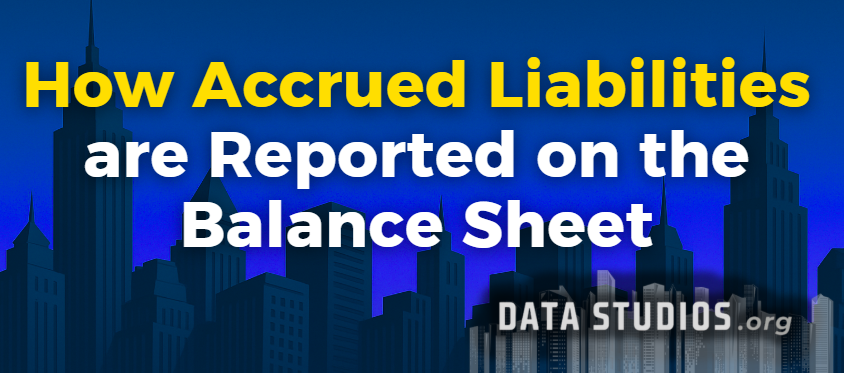How Accrued Liabilities Are Reported on the Balance Sheet
- Graziano Stefanelli
- Sep 23
- 3 min read

Accrued liabilities represent expenses that a company has incurred during a reporting period but has not yet paid in cash. They are a fundamental component of current liabilities on the balance sheet, arising from the accrual basis of accounting, which requires expenses to be recognized when incurred rather than when paid. Proper recognition of accrued liabilities ensures that financial statements accurately capture obligations, matching expenses with the revenues they support.
Accrued liabilities arise from unpaid but incurred expenses.
Accrued liabilities typically include wages earned by employees but not yet paid, interest accrued on loans, taxes owed, and utilities consumed but not yet billed. Unlike accounts payable, which are supported by invoices from suppliers, accrued liabilities are recorded through internal estimates and adjustments at the end of an accounting period.
For example, if a company owes employees 15,000 in wages for the last week of December but will pay them in January, the expense is recorded in December as an accrued liability.
Presentation on the balance sheet emphasizes current obligations.
Accrued liabilities are classified under current liabilities, since they are expected to be settled within one year or one operating cycle. They are often presented in a single line item labeled “Accrued Expenses” or “Accrued Liabilities,” but some companies provide more detailed breakdowns, particularly when amounts are significant.
For example:
Accounts Payable: 120,000
Accrued Liabilities: 45,000
Current Portion of Long-Term Debt: 60,000
Total Current Liabilities: 225,000
This format highlights accrued liabilities as part of short-term obligations alongside trade payables and other debts.
Journal entries illustrate recognition of accrued liabilities.
At the end of an accounting period, accrued liabilities are recorded through adjusting entries. For example, to recognize unpaid wages:
Debit: Wages Expense 15,000
Credit: Accrued Wages Payable 15,000
When payment is made in the following period:
Debit: Accrued Wages Payable 15,000
Credit: Cash 15,000
This process ensures that expenses appear in the correct reporting period, even if payment occurs later.
Standards ensure accrual accounting is faithfully applied.
Under both IFRS and US GAAP, accrued liabilities must be recognized when:
The company has a present obligation from past events.
The settlement of the obligation is probable.
The amount can be measured reliably.
This ensures that obligations are neither understated nor delayed into future reporting periods, preserving the accuracy of financial statements.
Accrued liabilities affect liquidity and working capital analysis.
Because they increase current liabilities, accrued liabilities directly impact liquidity ratios such as the current ratio and quick ratio. Analysts monitor the growth of accrued liabilities to ensure they are proportionate to business activity and not a sign of delayed cash outflows.
For instance, if current assets equal 400,000 and current liabilities are 200,000, the current ratio is 2.0. If accrued liabilities rise by 50,000, the current ratio drops to 1.78, signaling reduced liquidity.
Disclosures provide clarity on the nature of accruals.
Companies are expected to disclose significant categories of accrued liabilities, especially those involving estimates and uncertainties, such as legal settlements or bonus accruals. IFRS requires additional disclosures when obligations are contingent or uncertain, ensuring users understand the assumptions behind the reported figures.
These disclosures help investors and creditors evaluate whether accrued liabilities represent ordinary operating costs or significant unusual obligations.
Accrued liabilities strengthen the link between income statement and balance sheet.
Accrued liabilities embody the principle of accrual accounting by connecting expenses reported in the income statement with obligations shown in the balance sheet. Their accurate recognition ensures that profitability is not overstated and that liabilities are not understated. By reporting accrued liabilities, companies present a faithful view of both their short-term obligations and the timing of expense recognition, supporting sound financial analysis and decision-making.
_______
FOLLOW US FOR MORE.
DATA STUDIOS




